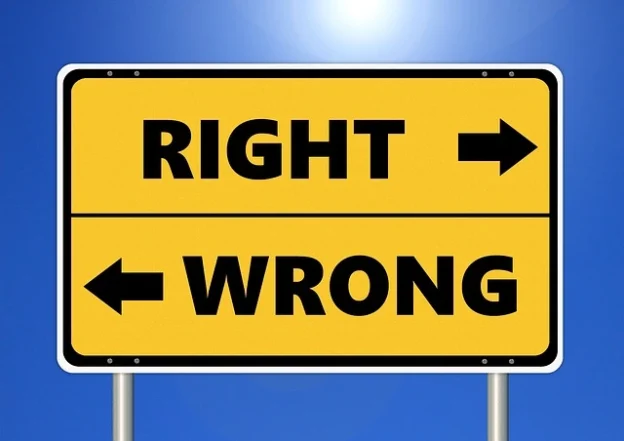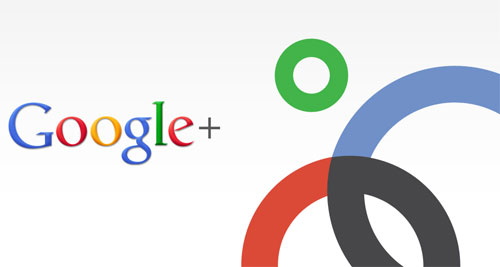At one point, being a freelance artist was basically a recipe for starvation. Art wasn’t something you did for the money, and with a few rare exceptions, most creative professionals couldn’t really pursue their passion as a day job. The Internet has changed that.
The rise of the gig economy, coupled with digital marketplaces like Etsy and Patreon, has resulted in a renaissance for artists. Provided you know how to market yourself, with a bit of hard work and luck you now can make a comfortable living for yourself. Here’s where to start.
(more…)








